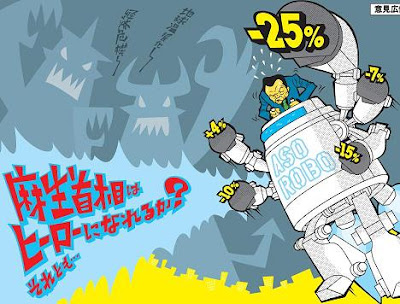June Blog Updates
Kyoto Foodie : Firefly Theme Namagashi This wagashi from a historic shinise store in Kyoto, Kameyama Yoshinaga, is reminiscent of fireflies on verdant green foliage of early summer... Live while you can. Japanese love something fragile and rare and that is in season for a short period. The cherry blossom is the very best example, but fireflies are similar. Fireflies in Kyoto can still be been seen along some of the rivers and streams in the quieter and greener parts of the city, but they quickly fade and disappear after a few short weeks. Greenz.jp: Life is sustainable when you are having fun - a day at the Awanowa Market in Kamogawa I briefly spoke to one of the event’s organizers, Yoshiki Hayashi of the NPO “Uzu”, a healthy, lean, tanned man who seemed to personify to me the image of the traditional Japanese farmer seen in the earliest photographs of Japan from the 19th century, despite the modern artistic cut of his hand made indigo blue work clothes. He described the loose collect



